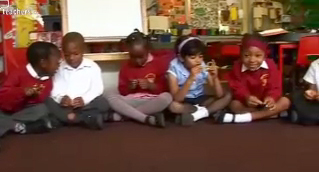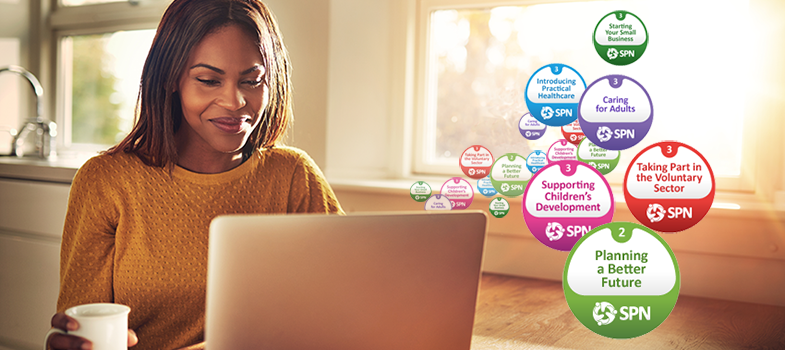2.1 How is reading taught in primary school?
In a moment we will ask you to view a video in which you will see some children reading out loud and being helped by their teacher using a phonics approach to reading.
The phonics approach to reading is important because it is now the approach most favoured by the UK government. The government decided this after an important review of literacy standards (the Rose Review) was published in 2006, which looked at ways to halt falling literacy standards. The Rose Review concluded that the teaching of phonics should be enforced within the National Curriculum and this would lead to a boost in literacy levels. There are now a variety of strategies that have concentrated on a ‘heavy dose of phonics’ delivered by teachers in schools today (Dombey et al., 2010).
There are various approaches to teaching phonics. For example:
- analytic phonics, which looks at whole words and then breaks them down into component parts, e.g. dog as d-og
- synthetic (systematic) phonics, which starts with individual letter sounds and some combined letter sounds to create or build up the word, e.g. s-t-r-ee-t as street.
How does your school teach reading and develop children’s literacy? The next activity will start you thinking about this.
Activity 4

Transcript
Phonics without tears
In the video you will see some children reading out loud and being helped by their teacher using a phonics approach to reading.
- What does the video clip tell you about the phonic scheme being used in this school?
- Is this your school’s approach to reading? If yes, how effective is it?
- If you are not in a school, find out how a child close to you is learning to read.
Comment
In the video the school is using a systematic phonics scheme that involves actions and sounds. Phonics is essential in that it encourages children to be independent when working out their own reading and writing skills. If they know a particular sound, the children can attempt to work out another word on their own.
If they are learning words by rote the children don’t have the strategies to be able to work out new words. Phonics is a tool that enables the children to do the real work. It is helping children, not only to become decoders of print, but also to become someone who can infer meaning and engage with books in a critical sense.
Possible response to ‘own experience’ question
- My school uses the Jolly Phonic approach to reading. It is proving to be more effective than the previous ‘look and say’ method.
In spite of continued government support for the phonics approach, the United Kingdom Literacy Association (UKLA) (Dombey et al., 2010) has argued strongly for an ‘alternative way’ and highlighted the dangers of ‘putting all our literacy eggs into the phonics basket’. The UKLA has argued against a ‘one-size-suits-all’ approach to the teaching of reading at every stage and says that reading phonically is not the same as reading (Dombey et al., 2010).
2 Moving from the early years to primary
